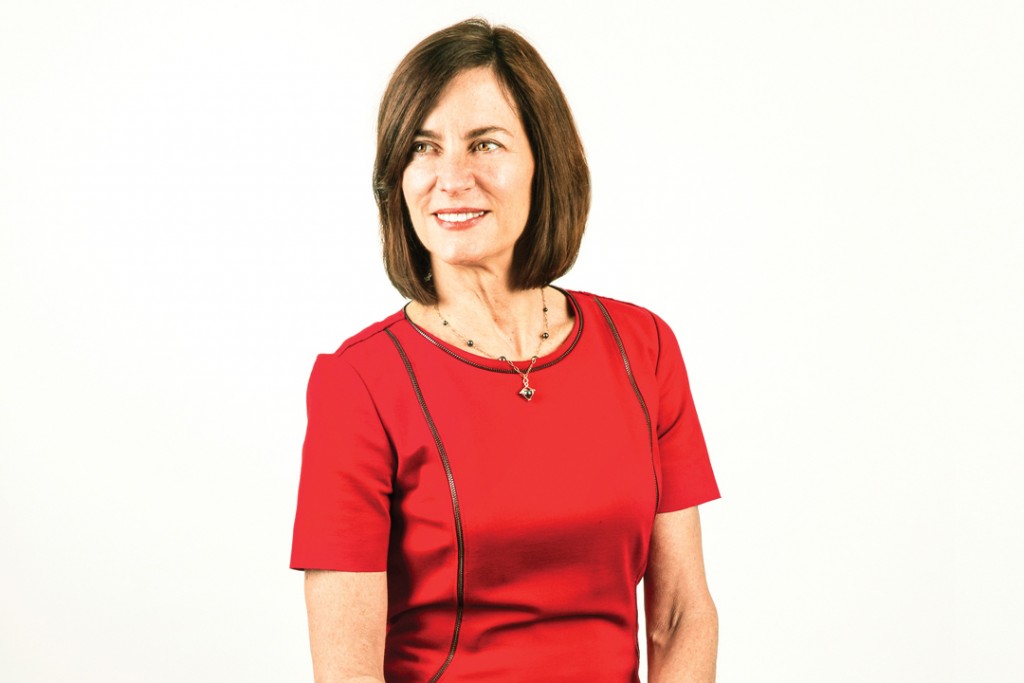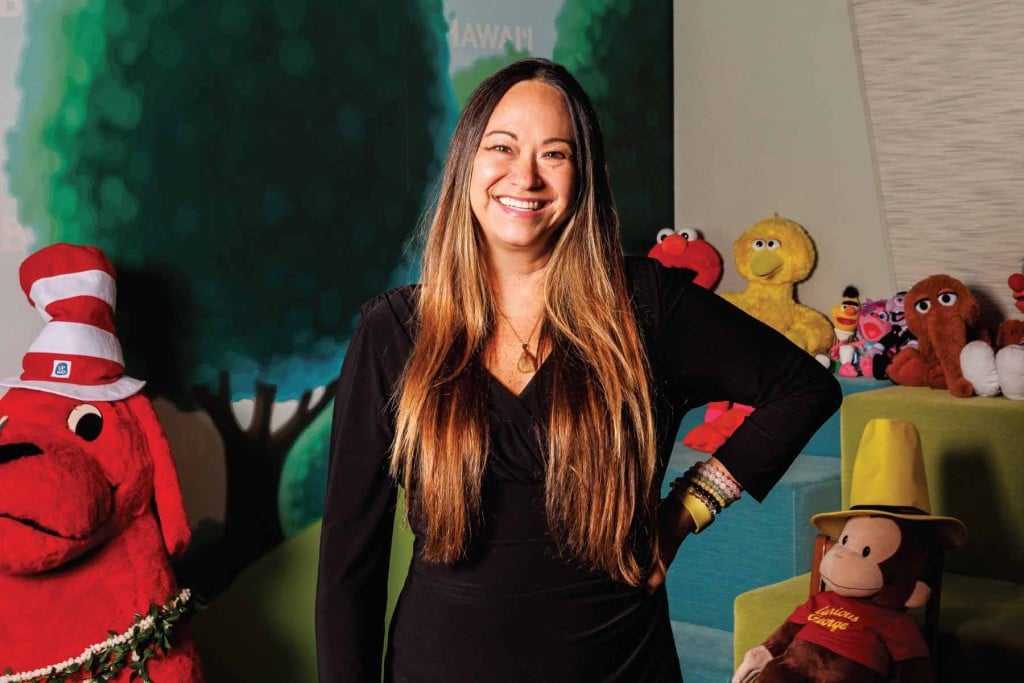Speaking Everyone’s Language

Q:
It’s as if the different generations speak distinct languages at my company. How do I improve internal communications so everyone gets the message?
A:
Some of us look around our workplace and wonder who let in all those interns with their smartphones? Then we realize, they aren’t interns. They are the next generation of workers!
Others of us see all those Gray Hairs and wonder how long those newspaper-reading people are going to stick around.
At Kaiser Permanente, we see internal communications as strategic and essential to enabling and inspiring our workforce. But it’s challenging when today’s workforce has five generations working together. With apologies for overgeneralizing, organizations need to be aware of the generational differences and use a multitude of media to be relevant.
● Silent Generation (born 1928–1945): Post-typical retirement age, this small demographic in today’s workforce (1 percent nationally) is known for being loyal, long-tenured and male-dominated. They read “traditional” communication vehicles such as newsletters.
● Baby Boomers (born 1946-1964): Having grown up during the Vietnam War and Civil Rights movement, this 22 percent of the workforce maintains a sense of idealism and seeks good news. They want to develop themselves and be involved in decisions (think diversity and inclusion). Engage them in conversations or town halls, especially about goals or even retirement.
● Generation X (born 1965-1980):
Independent and unimpressed with authority, this 20 percent of the workforce has been treated like stars, has seen predecessors work hard, and doesn’t see much benefit from striving to get ahead. They are motivated by personal satisfaction and work/life balance, even at the cost of financial or social status. Talk to them in person, WebEx or video, whatever is most convenient for them.
● Millennials (born 1980-1995):
The Echo Boomers account for 50 percent of the workforce. They grew up in a time of prosperity and peace, only to experience the 9/11 terrorist attacks and the Great Recession. They want to make a difference in the world. They are digital natives, raised on and empowered by technology. They trust social “friends” and want digital content with a social purpose.
● Generation Z, aka the Next Generation (born after 1995):
Living through the Great Recession, environmental changes and the war on terror, this demographic is prepared to work hard due to future uncertainties. They will soon outnumber Millennials. They grew up with smartphones and build relationships over social media. They take in information quickly and quickly lose interest. Keep communication short and simple. Use photos, videos or infographics.
Communicating with today’s multigenerational workforce requires a variety of channels, with each generation requiring that you keep your words clear and simple.
THIS MONTH’S EXPERT:
Jill Feldon
VP for PR, Communications and Brand Management Kaiser Permanente Hawaii






